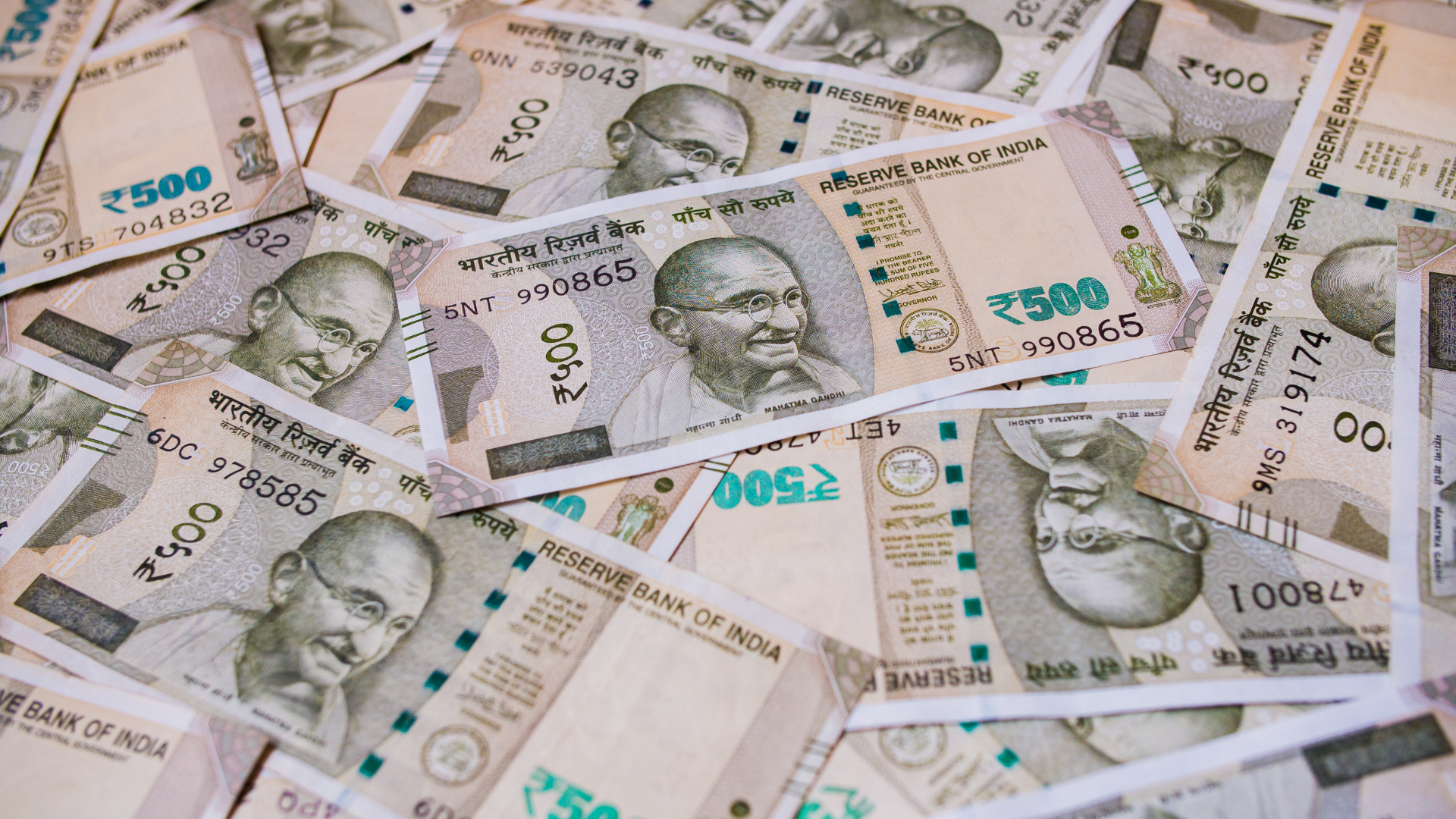The Reserve Bank of India (RBI) classifies the money supply into several categories based on the liquidity (ease of spending) of different types of money held by the public. These measures are designated as M1, M2, M3, and M4. Understanding these measures helps in analyzing the economic conditions and framing monetary policies accordingly.
M1: Narrow Money
M1, also known as narrow money, includes the most liquid forms of money that are readily available for transactions. It includes:
- Currency with the Public: This includes all the currency notes and coins held by the public. It excludes cash held by banks and government departments.
- Demand Deposits of the Public: These are deposits that can be withdrawn on demand without any prior notice. It includes current accounts and other accounts that offer no interest or very low interest but high liquidity.
- Other Deposits with RBI: This includes deposits by foreign central banks and governments, and other deposits held by non-government entities with the RBI, which are highly liquid.
M2: Narrow Money Plus Savings Deposits with Post Office Savings Banks
M2 includes all components of M1 plus savings deposits with post office savings banks. This measure is not widely used in India anymore but was traditionally considered to provide a broader view of liquid assets held by the public that are slightly less liquid than those in M1.
M3: Broad Money
M3 is a broader measure of the money supply, often referred to simply as broad money. It includes:
- M1: All components of M1 (currency with the public, demand deposits, and other deposits with RBI).
- Time Deposits with Banks: These are deposits that cannot be withdrawn on demand and carry a fixed term or notice period. This includes deposits in savings accounts, fixed deposits, and recurring deposit accounts, which are less liquid than demand deposits but still part of the public’s general money supply.
- Net Time Liabilities of Banks: This includes time liabilities other than inter-bank deposits and any liabilities to entities like the RBI.
M4: M3 Plus All Deposits with Post Office Savings Banks (Excluding NSCs)
M4 expands on M3 by including all deposits with the post office savings banks, except National Savings Certificates (NSCs). This measure encompasses the broadest concept of the money supply covered under RBI monitoring and includes:
- All components of M3
- All other deposits with post office savings banks: This includes savings and time deposits at post offices, which are accessible to a broad segment of the population, especially in rural areas.
Use of These Measures
- M1 provides a clear view of the funds immediately available for spending and is often a key indicator of the money available to drive short-term economic activity.
- M3 is the most commonly used measure of money supply, as it captures a broader spectrum of the economy’s money that affects inflation and the overall economic cycle.
- M4 provides an even more comprehensive view, including all liquid assets available to the public, thus giving insights into the long-term trends in savings and monetary assets.
Each of these measures helps the RBI and policymakers understand the liquidity and cash flow in the economy. By analyzing trends in these monetary aggregates, the RBI can adjust its policies to manage inflation, stimulate economic growth, or stabilize the financial system.
Reference: RBI Website

